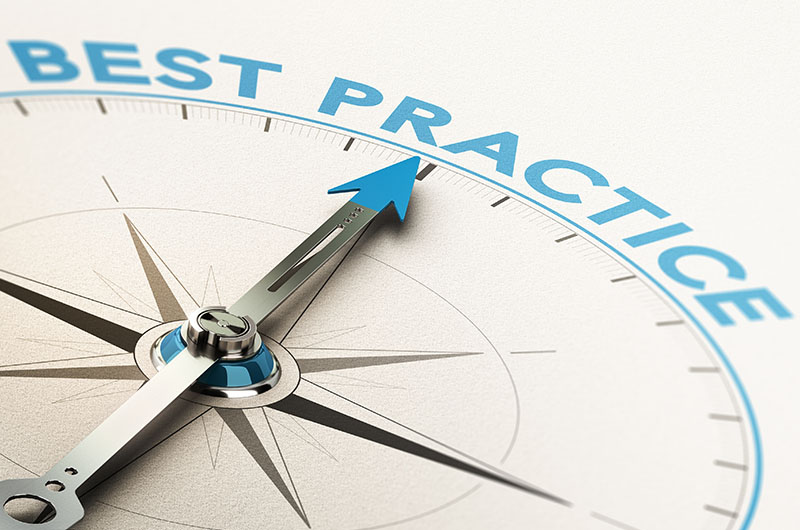Developing Your Social Media Policy
Having a social media policy for your business is the best way to make sure your employees know how to act on various channels. It can also help stave off legal or security problems. Remember when Wendy’s tweeted an image of Pepe the Frog? Oops. There aren’t many more embarrassing situations than accidentally aligning one’s burger chain with white supremacists. Unfortunately, it’s all too common for a company to have to apologize for an employee’s thoughtless tweet. And it could have been avoided if that employee had been given proper guidance from the start.
What To Include In Your Guide
In this guide you’ll find the tools you need to create a social media policy and put it in place across all your channels. We also provide a few good examples of policies from recognizable brands.
Bonus: Get the step-by-step social media strategy guide with pro tips on how to grow your social media presence with Hootsuite.
What Is A Social Media Policy
A social media policy outlines how an organization and its employees should conduct themselves online. It helps safeguard your brand’s reputation and encourages employees to responsibly share the company’s message. But, because social media moves fast, policies that are too rigid can be ineffective in a changing situation. Think of your social media policy as a set of guardrails, rather than train tracks. It should be considered a living document. Ongoing updates will be necessary. But it doesn’t need to be an unreadable brick either. The goal is to provide employees with straightforward guidelines that are easy to follow.


Benefits Of A Social Media Policy
Even if your business is already established on social media, it’s never too late to draw up a policy to help guide decision making as you go forward. If you’re just building that presence now, then even better. A good policy will be even more effective if it’s implemented right away.
Defends Against Legal Trouble and Security
Social media is a complicated legal ground for things like copyright and privacy. But strong social media policies can help safeguard your organization against potential legal troubles and security risks. They outline potential threats and include instructions on how to avoid them.
The most pressing security threats vary from industry to industry. For example, in its social media policy, the Los Angeles Times warns employees, “The social media network has access to and control over everything you have disclosed to or on that site. For instance, any information might be turned over to law enforcement without your consent or even your knowledge.” For a company that relies on its ability to protect its sources, social media can be a dangerous tool if used inappropriately.Your policy should also explain what an employee must do if they accidentally put the company’s reputation at risk, or if they fall prey to a malicious attack.
Encourages Employees To Share Company Messaging
Do your employees love working for your company? If they want to spread the love, give them the tools to do it in a way that ensures they don’t have to worry about getting on the wrong side of their boss.
With clear guidelines, companies can help employees understand how to use social media to promote the brand. Use your social media policy as an employee advocacy tool. Outline best practices for sharing company content on social, as well as commenting online—and when not to engage.
For example, Gap tells its employees to cool it around controversial subjects. “Be careful discussing things where emotions run high (e.g. politics and religion) and show respect for others’ opinions.” It also warns them against engaging with negative comments, posting confidential information about the company, or talking about internal strategies.
An employee advocacy tool like social marketing tool in the Business Performance Center makes it easy for employees to share pre-approved social media content. This reduces risks to your company and ensures everything is accurate and on-brand.
Creates Consistency Across All Channels
What is your brand’s voice? Is it the optimistic, firm-hand-on-the-tiller voice of General Electric? The snarky, youthful voice of Wendy’s? Or is it the bonkers, over-caffeinated voice of Moon Pies? That’s for you to decide, and to communicate to the people who often form the front line of public engagement.
If you have public-facing employees, you also need to make sure they are aware of any brand standards. For example, you may want your employees’ Twitter handles to include a reference to your brand. Or you may want to have certain requirements of those who do.
At Hootsuite, we encourage employees who interact with the public on behalf of the company to create a Twitter handle using this naming convention: @Hoot[individual’s name]. This makes it easy for customers to identify Hootsuite employees and engage with them.
This part of your social media policy should also address proper use of images, video, and other media. If your business calls for social media images that are consistent with your brand, you need to outline these requirements in your policy.

